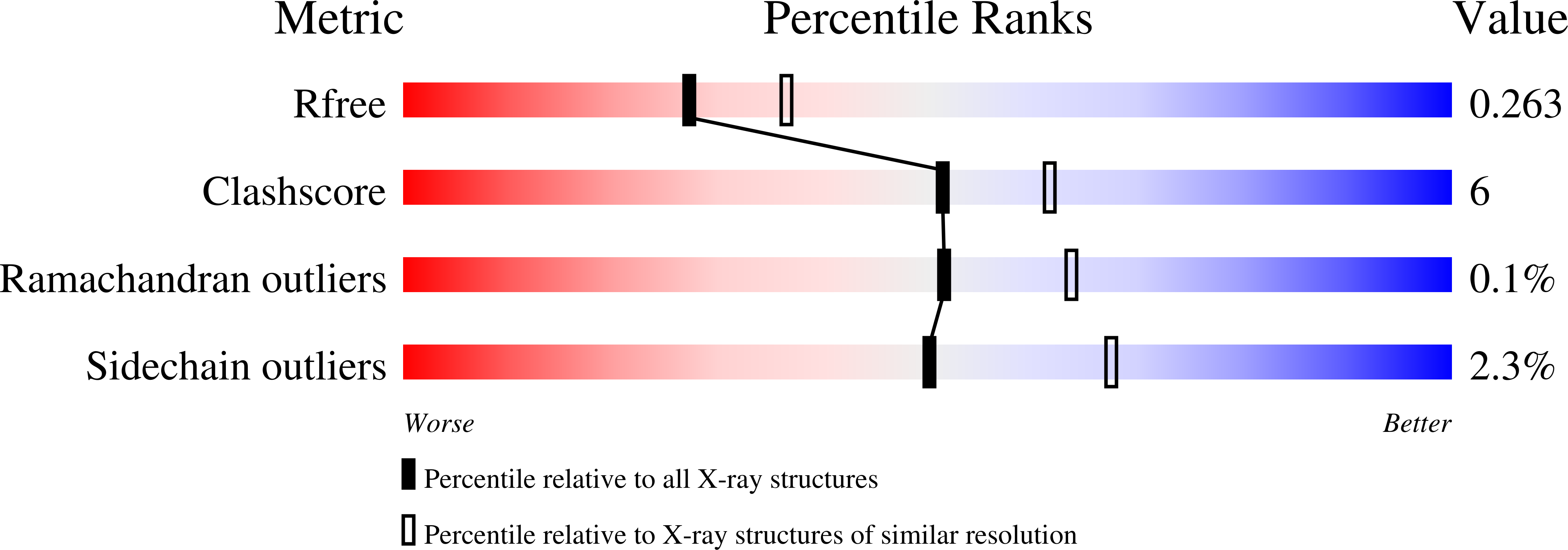
Deposition Date
2023-10-06
Release Date
2024-05-15
Last Version Date
2024-11-20
Entry Detail
Biological Source:
Source Organism:
Vibrio cholerae O1 (Taxon ID: 127906)
Host Organism:
Method Details:
Experimental Method:
Resolution:
2.30 Å
R-Value Free:
0.26
R-Value Work:
0.21
Space Group:
P 1 21 1


